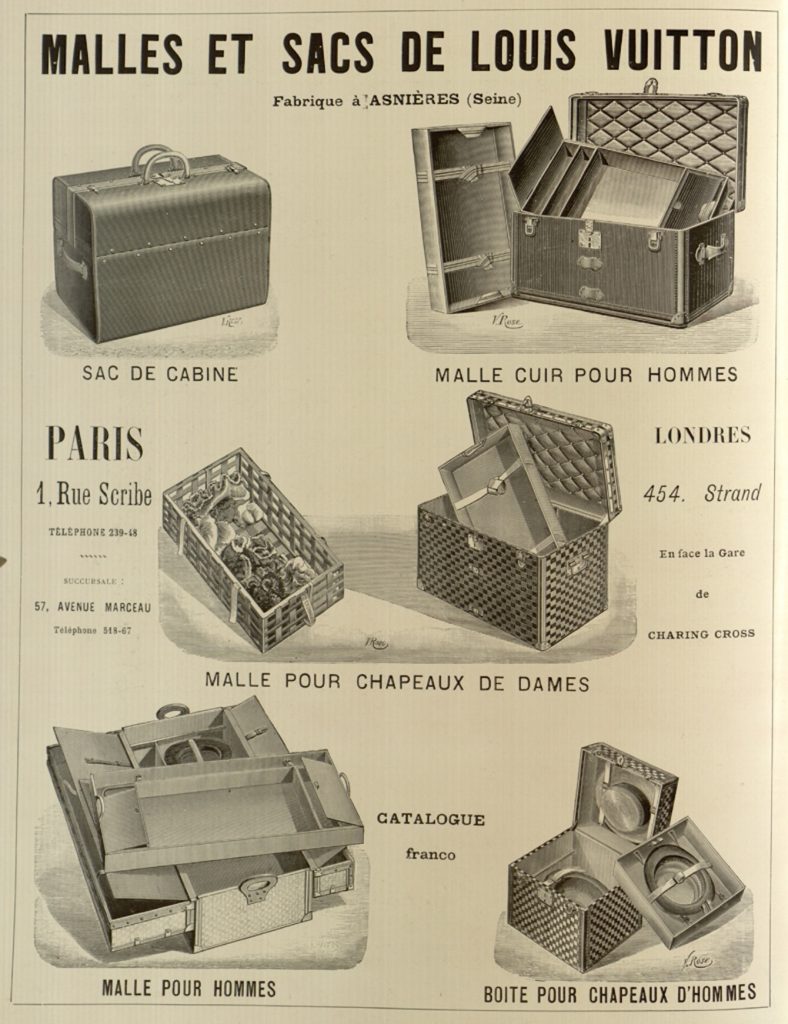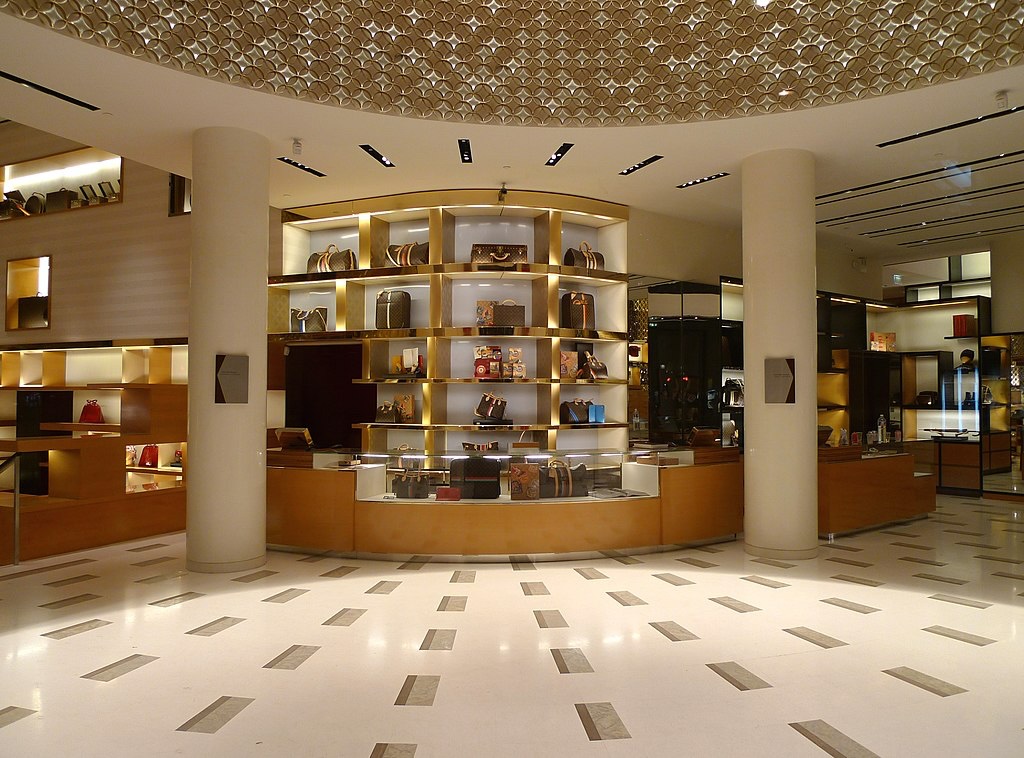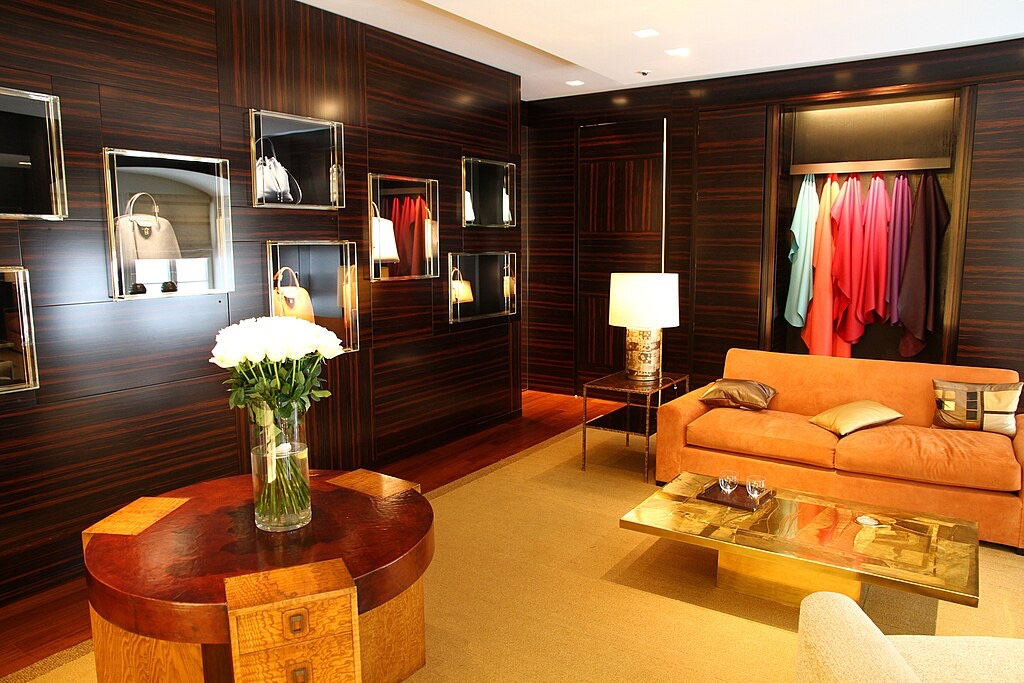
Louis Vuitton first handcrafted trunk in 1858.
ChatGPT elaborate the story of "Louis Vuitton first handcrafted trunk" for social media post.
🌟 Did you know? The iconic Louis Vuitton trunk was born out of a royal request! 👑💼
In 1853, Empress Eugénie, the fashion-forward wife of Napoleon III, personally hired a young artisan named Louis Vuitton to pack her lavish gowns for travel. ✨
Tired of the bulky, round-topped trunks of the time, she commissioned Louis to create something new… and he delivered a revolution in travel.
🚂 Introducing in 1858:
✔️ The world’s first flat-topped, stackable trunk
✔️ Made with lightweight, waterproof canvas
✔️ Sleek, elegant, and perfect for the golden age of travel
This brilliant innovation didn’t just change the way people traveled—it laid the foundation for what would become one of the most luxurious brands on the planet. 🌍💼
🔹 From Empress-approved packer to global fashion legend, Louis Vuitton started with a trunk that truly packed a punch. 💥
#LouisVuitton #LuxuryHistory #TravelInStyle #FashionHeritage #DesignInnovation #FrenchElegance #DidYouKnow

Ad for Louis Vuitton luggage, 1898

巴黎香榭麗舍大道 路易威登旗艦店內部景色

DeepSeek gives a comprehensive summary, in detail, formatted as a document.
全面總結:路易威登的故事
早年生活與困境
出生與貧困:路易威登(Louis Vuitton)於1821年出生於法國安切(Anchay)的一個貧困家庭。父親是木匠,母親是製帽匠,一家人住在破舊的木屋中,勉強維持生計。
家庭悲劇:10歲時,路易的母親去世,他深受打擊。父親因悲痛變得冷漠,路易被迫承擔成年人的責任。
逃往巴黎:13歲時,身無分文的路易徒步470公里,歷時兩年前往巴黎,依靠零工和殘羹剩飯生存。
學徒生涯與創新
踏入行李箱製作:在巴黎,路易進入馬雷夏爾(Monsieur Maréchal)的行李箱工坊當學徒,從雜務做起,夜間偷偷練習技藝。
革命性設計:拿破崙三世之妻歐仁妮皇后(Empress Eugénie)委託路易製作革命性行李箱。他設計出平頂輕量化行李箱,採用防水帆布(取代皮革)和耐用的白楊木,使行李箱可堆疊,適合現代旅行。
皇室背書:皇后的認可讓路易在巴黎精英階層聲名大噪。
品牌建立
創業之路:1854年,路易離開馬雷夏爾的工坊,在巴黎開設自己的商店「路易威登,行李箱匠」(Louis Vuitton, Malletier),以獨家性和手工品質吸引富裕客戶。
挑戰:
普法戰爭(1870年):業務中斷,幾乎破產。
重建:戰後旅遊復甦,需求激增。路易擴大生產,在阿斯尼埃爾(Asnières)開設更大工坊。
傳承:1892年路易去世前,將事業傳給兒子喬治·威登(Georges Vuitton),強調「絕不廉價,絕不迎合大眾」。
世代擴展與挑戰
喬治·威登:
防偽措施:1896年推出LV Monogram以打擊仿冒品。
產品多元化:新增手提包、旅行箱和奢華配件。
加斯頓-路易·威登(喬治之子):
歷經經濟大蕭條和二戰,為維持營運曾與納粹佔領的法國政府合作(此爭議後被揭露)。
戰後轉型專注高端皮具(如Speedy手袋、Keepall旅行袋),重建品牌。
現代化改革:
亨利·拉卡米耶(女婿):1987年將路易威登與酩悅香檳(Moët & Chandon)、軒尼詩(Hennessy)合併為LVMH集團,創立全球最大奢侈品帝國。
伯納德·阿諾特(Bernard Arnault):1989年接管LVMH,擴張至亞洲、中東等市場,收購迪奧(Dior)、芬迪(Fendi)等品牌。
品牌策略與全球主導地位
獨家性:以限量款、珍稀材質(鱷魚皮、蟒蛇皮)和客製化設計(如50萬美元旅行箱)鎖定頂級客戶。
防偽行動:通過法律訴訟和先進防偽技術保護品牌形象。
奢華體驗:門店轉型為「宮殿」,提供香檳服務、私人購物等VIP待遇。
遺產與現代時代
現況:
LVMH市值逾5000億美元,CEO伯納德·阿諾特為全球首富(淨資產約2000億美元)。
標誌性產品包括Speedy手袋、Neverfull托特包和客製旅行箱。
品牌哲學:路易威登從流浪少年到全球奢華帝國的歷程,體現了堅持、創新與極致品質。
結論:路易威登的故事是化逆境為機遇的典範。憑藉不懈努力、策略性獨家定位與時代適應力,該品牌至今仍是奢華代名詞,影響全球時尚與地位象徵逾170年。
Comprehensive Summary: The Story of Louis Vuitton
Early Life and Struggles
Birth and Poverty: Louis Vuitton was born in 1821 in Anchay, France, to a poor family. His father was a carpenter, and his mother a hatmaker. The family lived in a dilapidated wooden house, struggling to afford basic necessities.
Tragedy: At age 10, Louis’s mother died, leaving him emotionally shattered. His grief-stricken father became distant, forcing Louis to take on adult responsibilities.
Escape to Paris: At 13, with no money or resources, Louis walked 470 km over two years to Paris, surviving on scraps and odd jobs.
Apprenticeship and Innovation
Entry into Trunk-Making: In Paris, Louis found work as an apprentice at Monsieur Maréchal’s trunk workshop. Starting with menial tasks, he secretly honed his craftsmanship at night.
Breakthrough Design: Empress Eugénie, wife of Napoleon III, commissioned Louis to create a revolutionary trunk. He designed a flat-topped, lightweight trunk using waterproof canvas (instead of leather) and durable poplar wood. This innovation made trunks stackable and ideal for modern travel.
Royal Endorsement: The empress’s approval catapulted Louis to fame among Parisian elites.
Establishing the Brand
Entrepreneurship: In 1854, Louis left Maréchal’s workshop and opened his own store in Paris, Louis Vuitton, Malletier. His focus on exclusivity and handcrafted quality attracted wealthy clients.
Challenges:
Franco-Prussian War (1870): Disrupted business, nearly bankrupting him.
Rebuilding: Post-war, demand surged as travel regained popularity. Louis expanded production, opening a larger workshop in Asnières.
Legacy: Before his death in 1892, Louis passed the business to his son, Georges Vuitton, emphasizing, “Never sell cheap. Never sell to the masses.”
Generational Expansion and Challenges
Georges Vuitton:
Anti-Counterfeiting: Introduced the LV Monogram (1896) to combat imitations.
Product Diversification: Added handbags, luggage, and luxury accessories.
Gaston-Louis Vuitton (Georges’ Son):
Navigated the Great Depression and World War II, controversially collaborating with Nazi-occupied France to keep the business afloat.
Post-war, shifted focus to high-end leather goods (e.g., Speedy Bag, Keepall) to rebuild the brand.
Modernization:
Henry Racamier (Son-in-Law): Merged Louis Vuitton with Moët & Chandon and Hennessy to form LVMH (1987), creating the world’s largest luxury conglomerate.
Bernard Arnault: Took over LVMH in 1989, expanding into global markets (Asia, Middle East) and acquiring brands like Dior and Fendi.
Brand Strategy and Global Dominance
Exclusivity: Targeted the ultra-wealthy with limited editions, exotic materials (crocodile, python leather), and custom designs (e.g., $500,000 travel trunks).
Anti-Counterfeiting: Aggressive legal campaigns and advanced security features to protect brand integrity.
Luxury Experience: Stores transformed into “palaces” with VIP services (champagne, private shopping).
Legacy and Modern Era
Current Status:
LVMH is valued at $500+ billion, with Bernard Arnault as CEO and the world’s richest person (net worth ~$200 billion).
Iconic products include the Speedy Bag, Neverfull, and custom travel trunks.
Philosophy: Louis Vuitton’s journey—from a homeless boy to a global luxury empire—embodies perseverance, innovation, and uncompromising quality.
Conclusion: Louis Vuitton’s story is a testament to turning adversity into opportunity. Through relentless determination, strategic exclusivity, and adaptation to changing times, the brand remains synonymous with luxury, influencing fashion and status symbols worldwide for over 170 years.

